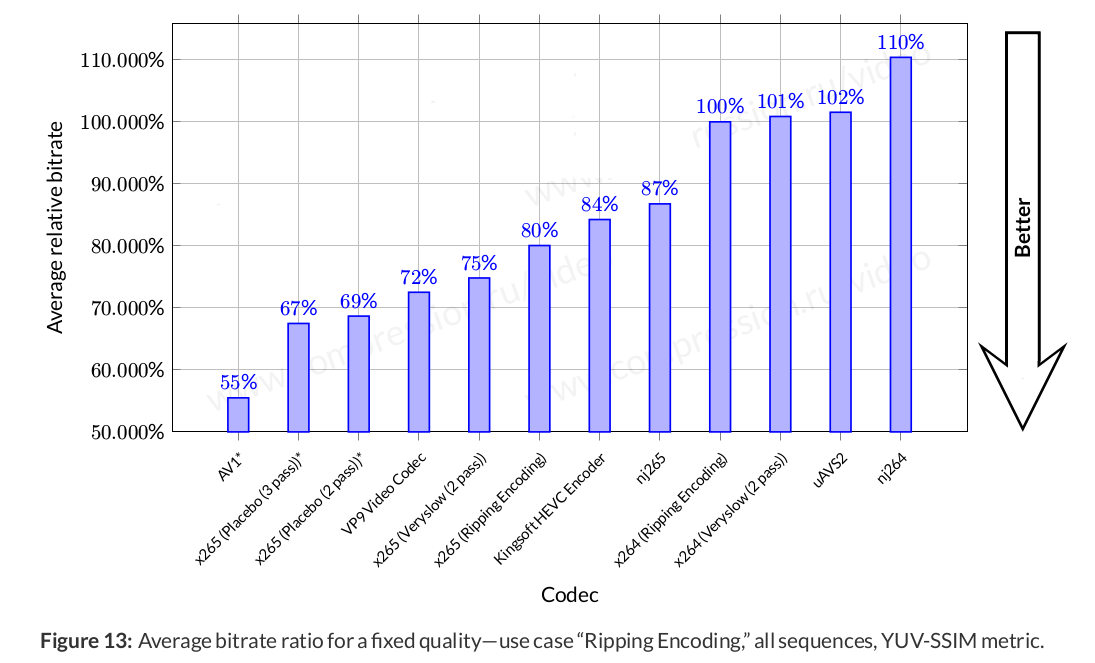We first covered the Alliance for Open Media’s AV1 video codec in summer 2016, as an open source, royalty-free video codec aiming to replace VP9, and compete or even surpass H.265 capabilities. At the time, everything was pretty new, and when I tried the open source implementation encoding was really slow.
Since then, AV1 has gained momentum with for example Apple, Facebook, and IBM recently joining AOMedia, and Mozilla adding HTML5 AV1 video support to Firefox Nightly builds at the end of last year. I was able to play a 720p video @ 800 Kbps almost smoothly in my computer based on AMD FX8350 processor. Many companies want AV1 to succeed since they may not be willing to pay MPEG LA license fee for H.265 and future MPEG codecs (e.g. H.266), and there indeed seems to be issues with the currently MPEG licensing business model.

However, AV1 is not quite ready yet, although it’s getting there as you’ll find out from Mozilla’s Timothy B. Terriberry presentation at FOSDEM 2018 which provides a very technical update to the progress of AV1 codec support in the video below. If you don’t have background in video encoding / decoding, I propose you skip the video altogether, as it’s filled with terminology and acronyms that most people won’t understand. To illustrate the point, some of the subjects covered include:
- Adaptive Multisymbol Entropy Coding
- Transforms (with 64-point transforms added)
- Coefficient Coding
- Intra Block Copy
- Motion Vector Coding
- “Extended” Skip Mode
- etc..
Specific times to still work on with regards to the specifications:
- Fix remaining problems with TXMG
- Final details of high-level syntax
- Last-minute changes to MV prediction
- Fix all of the bugs
- IPR analysis
You could also read AV1 specifications for the full details (after building the docs…). There were still a few tidbits easy to understand. First, independent tests – see chart on top – have shown AV1 to offer lower bitrate than H.265 and VP9 implementations in June 2017, and now the results are said to look even better, with a target of 30% better compression compared to H.265. It will also take a while before you get an AV1 camera, as AV1 encoding is currently 2500 to 3000 slower than VP9, but they are working on making it faster.

Jean-Luc started CNX Software in 2010 as a part-time endeavor, before quitting his job as a software engineering manager, and starting to write daily news, and reviews full time later in 2011.
Support CNX Software! Donate via cryptocurrencies, become a Patron on Patreon, or purchase goods on Amazon or Aliexpress




